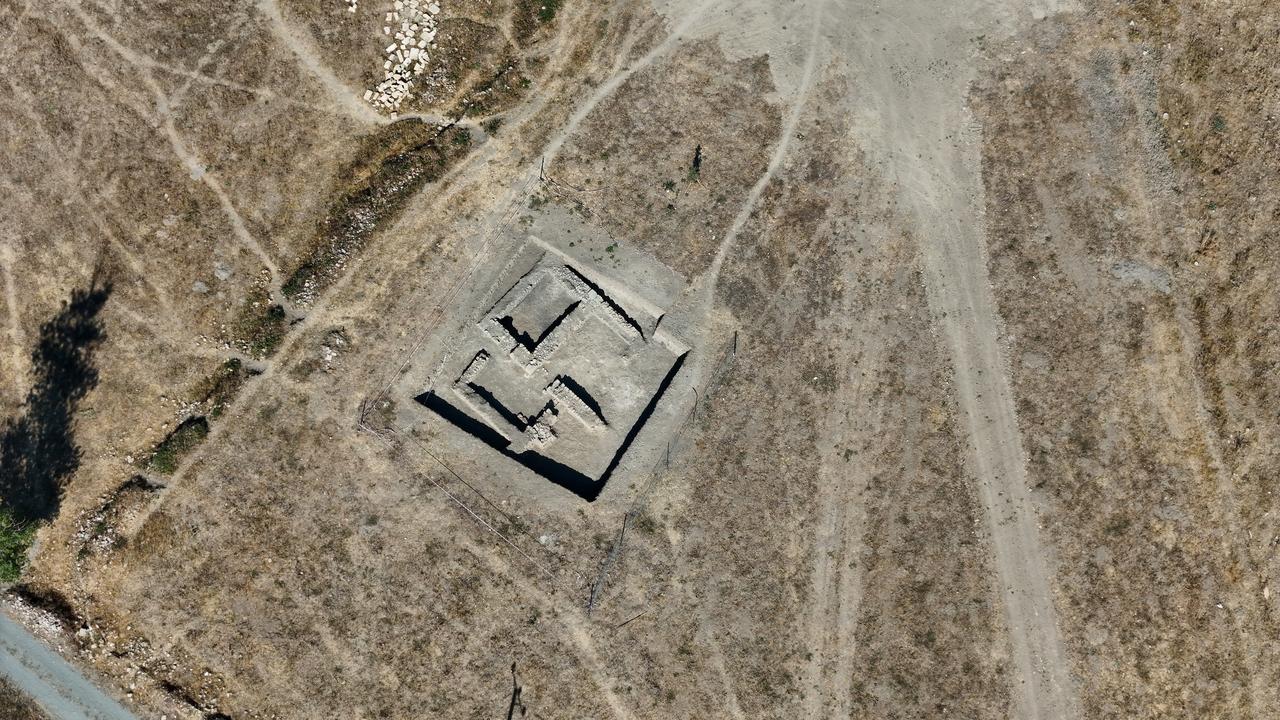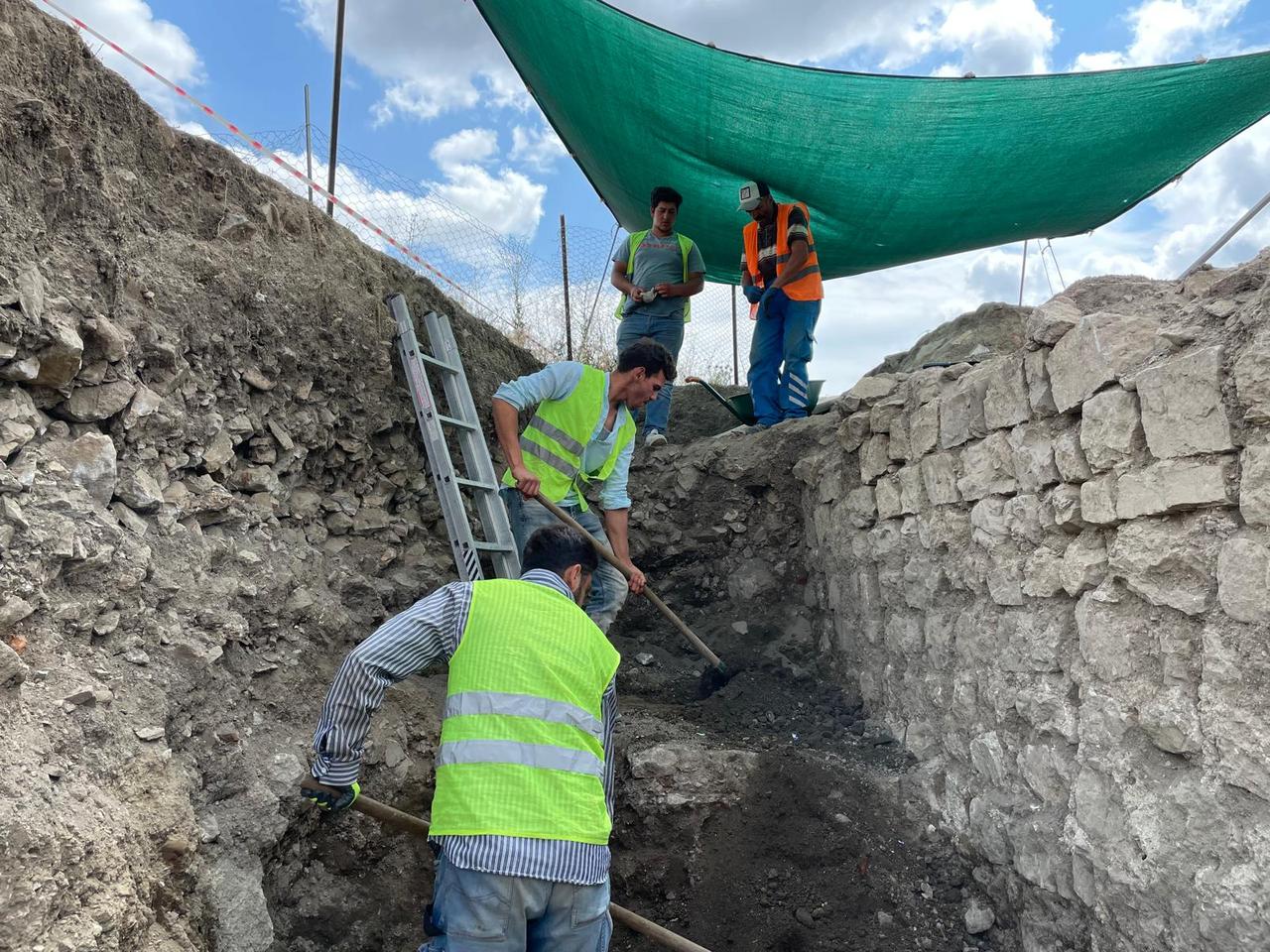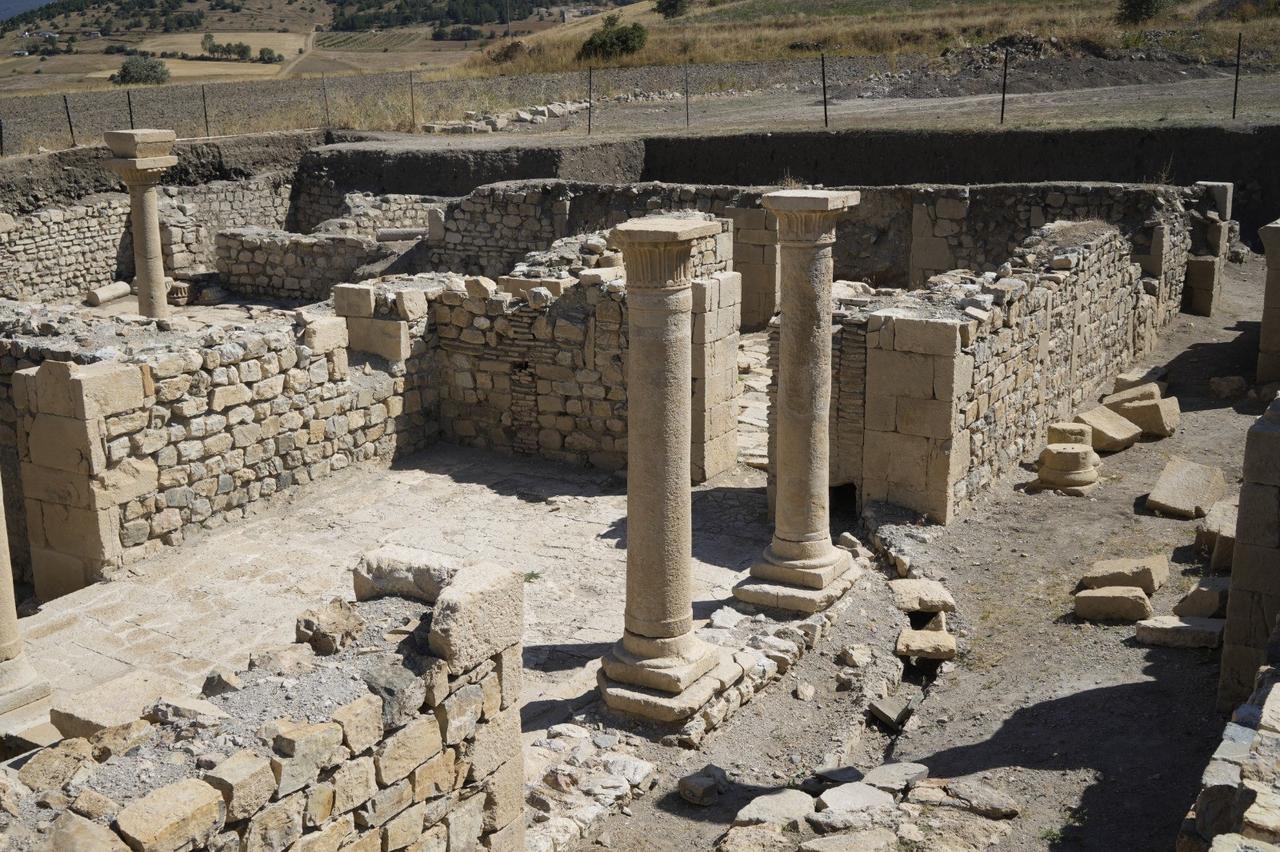
A team working at the ancient city of Satala in Sadak village, Kelkit district of Gumushane province, Türkiye, has uncovered nine female burials in a necropolis that had been thought to contain mainly male military graves.
The discovery — part of the 2025 excavation season led by Assistant Professor Elif Yavuz Cakmur under the "Heritage for the Future" project — came after last year’s uncovering of 16 graves in the same Golbasi necropolis, and has forced a rethink of who was buried at this Roman frontier site.

Last year’s 16-grave find in the Golbasi necropolis was initially read as graves belonging to auxiliary units attached to the garrison. Recent anthropological analysis by Professor Aysen Acikol, however, has shown that of those 16 burials nine were female, four were male and three were children. According to the excavation director, the presence of nine female graves in a location where only a single female burial had been suspected — on the basis of bronze earrings found earlier — was “very surprising.”
The same anthropological work has led to another striking observation: the skeletons from Satala were described as among the most delicate-built that Prof. Acikol has encountered in Anatolian fieldwork. That assessment has drawn particular attention because Satala is one of only a few Roman legionary towns known in Anatolia and represents a rare, excavatable example of a frontier garrison in the eastern Roman Empire.

Excavations in trenches labelled C1, C3 and the newly opened C5 brought walls, coins, pottery and a range of small finds to light, reinforcing the site’s function as a military settlement. Field teams say they will continue to open graves this season with the aim of exposing legionary burials together with their associated finds.
For international readers: a “necropolis” is a burial ground or cemetery, and “kastrum” (sometimes written castrum in Latin sources) refers to the main fortress or fortified part of a military town.

The project team has also set out conservation measures for one of the site’s emblematic arched structures, which has been deteriorating over time. Plans include a removable welcome centre for visitors, and a proposal to convert an unused health post south of the village into a “legion barracks museum.” The museum will display objects connected to the daily life of Roman legionaries; the team expects to exhibit items such as armor and shield fragments discovered during earlier fieldwork under Sahin Hoca.
On visitor interpretation and local engagement, the excavation director underlined that Satala offers more than archaeological value. As she put it, “Visitors will be able to see finds relating to a legionary’s life and experience how a legionary lived and what he wore.” Those plans form part of work supported by the Culture and Tourism Ministry’s Gelecege Miras program, though the team said larger-scale developments will require additional sponsor support.

Satala stands out because it survives as a Roman legionary fort from the empire’s eastern frontier where systematic excavation is possible. Excavation leaders stress that every new find from its walls, graves and small artifacts helps to fill gaps in how a frontier garrison functioned and who lived and died there. The 2025 season aims to build on last year’s discoveries by bringing more graves and their material culture into the open.